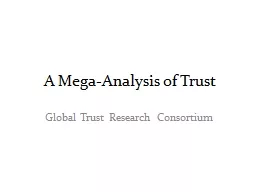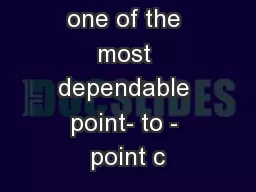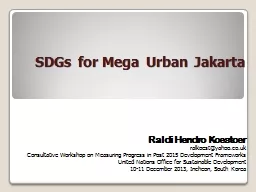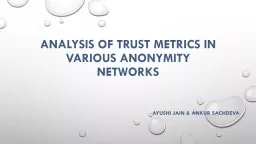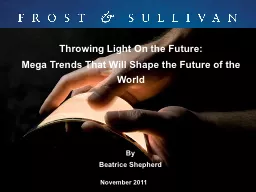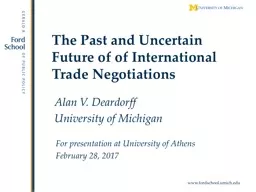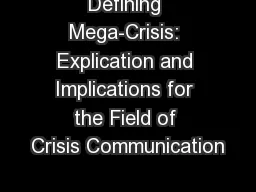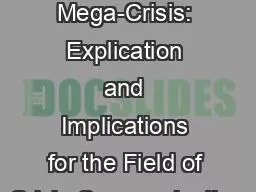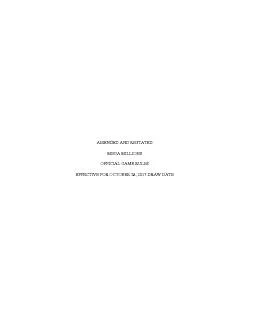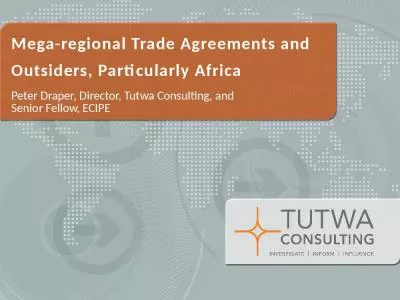PPT-A Mega-Analysis of Trust
Author : agentfor | Published Date : 2020-08-28
Global Trust Research Consortium Fundamental Questions Are we losing faith in each other How does trust develop over the life cycle How do generations differ in
Presentation Embed Code
Download Presentation
Download Presentation The PPT/PDF document "A Mega-Analysis of Trust" is the property of its rightful owner. Permission is granted to download and print the materials on this website for personal, non-commercial use only, and to display it on your personal computer provided you do not modify the materials and that you retain all copyright notices contained in the materials. By downloading content from our website, you accept the terms of this agreement.
A Mega-Analysis of Trust: Transcript
Download Rules Of Document
"A Mega-Analysis of Trust"The content belongs to its owner. You may download and print it for personal use, without modification, and keep all copyright notices. By downloading, you agree to these terms.
Related Documents

